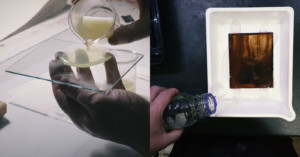
Rediscovering the Orotone
The modern orotone can be created in a number of ways, the most popular using a coating of liquid emulsion on a glass plate with a gelatine base. This method produces some excellent results with a minimum of effort.

The modern orotone can be created in a number of ways, the most popular using a coating of liquid emulsion on a glass plate with a gelatine base. This method produces some excellent results with a minimum of effort.
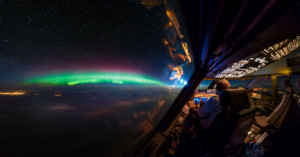
One of the most frequently asked questions I get is how I shoot long-exposure photos from the cockpit of an airliner and how they end up sharp, despite flying at roughly 950kmh/590mph/500kts through the air. I will try to answer that question in more detail, going through the process and challenges step by step. Hopefully it sheds some light (pun intended) on the techniques I use and for the pilot-photographers among us some valuable and easy-to-use tips for your next night-flight.
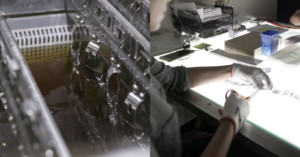
I was recently fortunate enough to get an inside and ‘behind-the-scenes’ look into how film processing works at Richard Photo Lab in Valencia, CA. As the step by step process is very complex, if you’ve ever wondered what the stages of film developing are and look like, come and take this video tour with us!
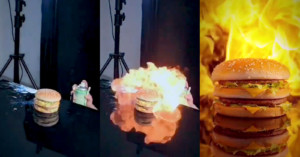
You know those food commercials you see on TV with foods and drinks (and sometimes fire and ice) flying around in slow motion? You don't need extremely expensive camera equipment and rigs to achieve impressive results -- all you need is some creativity.
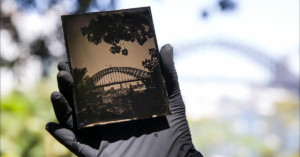
Adrian Cook is a wet plate collodion photographer based in Sydney, Australia. The Guardian made this 7-minute video in which Cook talks about his background and walks through the wet plate collodion process by shooting a photo of Sydney Harbor.
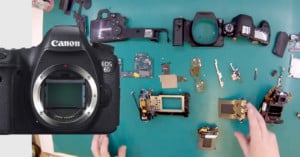
Want to see how the shutter system in a modern DSLR is replaced once it fails? The South African camera repair company Photographic Repairs shared this time-lapse of a shutter replacement surgery involving a Canon 6D.

If you're a fashion model in China who needs to pose for over a hundred outfits every day, you learn to work fast. Really fast.
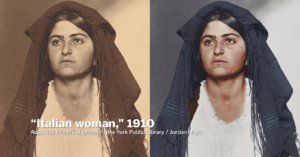
We've shared some impressive work by photo colorizers who use Photoshop skills and hard work to add realistic colors into historical monochrome photos. If you're wondering how its done, check out this 7-minute video by Vox that discusses the process. (Note: there's a bit of strong language.)
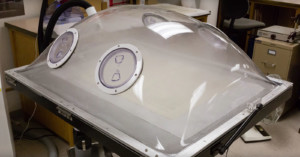
Often when scoping out digitization projects, devising complementary conservation treatments that assist in digital photo capture are challenging aspects of overall workflow design. And so it has been the case with our recent efforts at UConn Library on a set of 19th century Latin American newspapers from the University's archives and special collections.

Over the past several months, Adobe has been promoting Photoshop at major sporting events with its "Adobe Photoshop Fan Cam," which shows fans in attendance being Photoshopped on the big screen. Adobe recently invited PetaPixel to a game for a behind-the-scenes look at how the Fan Cam is done.
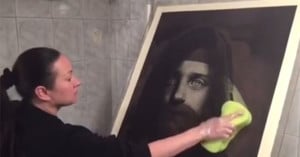
Photographer Anna Ostanina of St. Petersburg, Russia, has spent years working with alternative photo printing techniques. Her favorite is one called gumoil printing.
The 2-minute video above shows how Ostanina recently used the process to create a giant print showing the portrait of a girl.
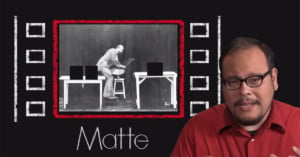
Before the days of digital magic, people had to rely on clever film techniques and chemical processes for "green screen" (or chroma key) compositing. Tom Scott created the short video above that provides a quick overview of the techniques that were used.
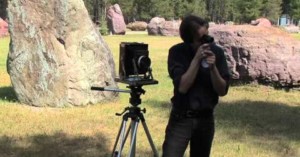
In daguerreotype photography, the first commercially successful photographic process, a positive image is recorded directly onto a silvered copper plate. Although mercury is traditionally used to develop the plate, there's a way of creating daguerreotypes called the Becquerel method that eschews mercury in favor of non-lethal ingredients.
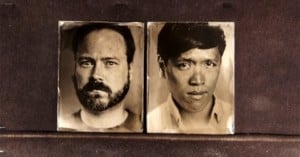
Here’s another video featuring SF photo shop Photobooth and its tintype …
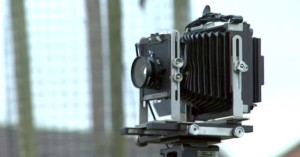
If you’ve never shot with a large format camera before, you might find this video illuminating. In it, photographer …

The popular deal-a-day website Woot made this fun behind-the-scenes video showing how the site’s product photographs are made.
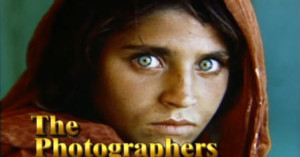
Back in 1996, National Geographic released a documentary film titled “The Photographers” that gives the world a behind-the-scenes look …
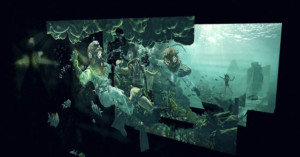
Los Angeles-based photographer Dave Hill created this video showing all 11 photographs in …